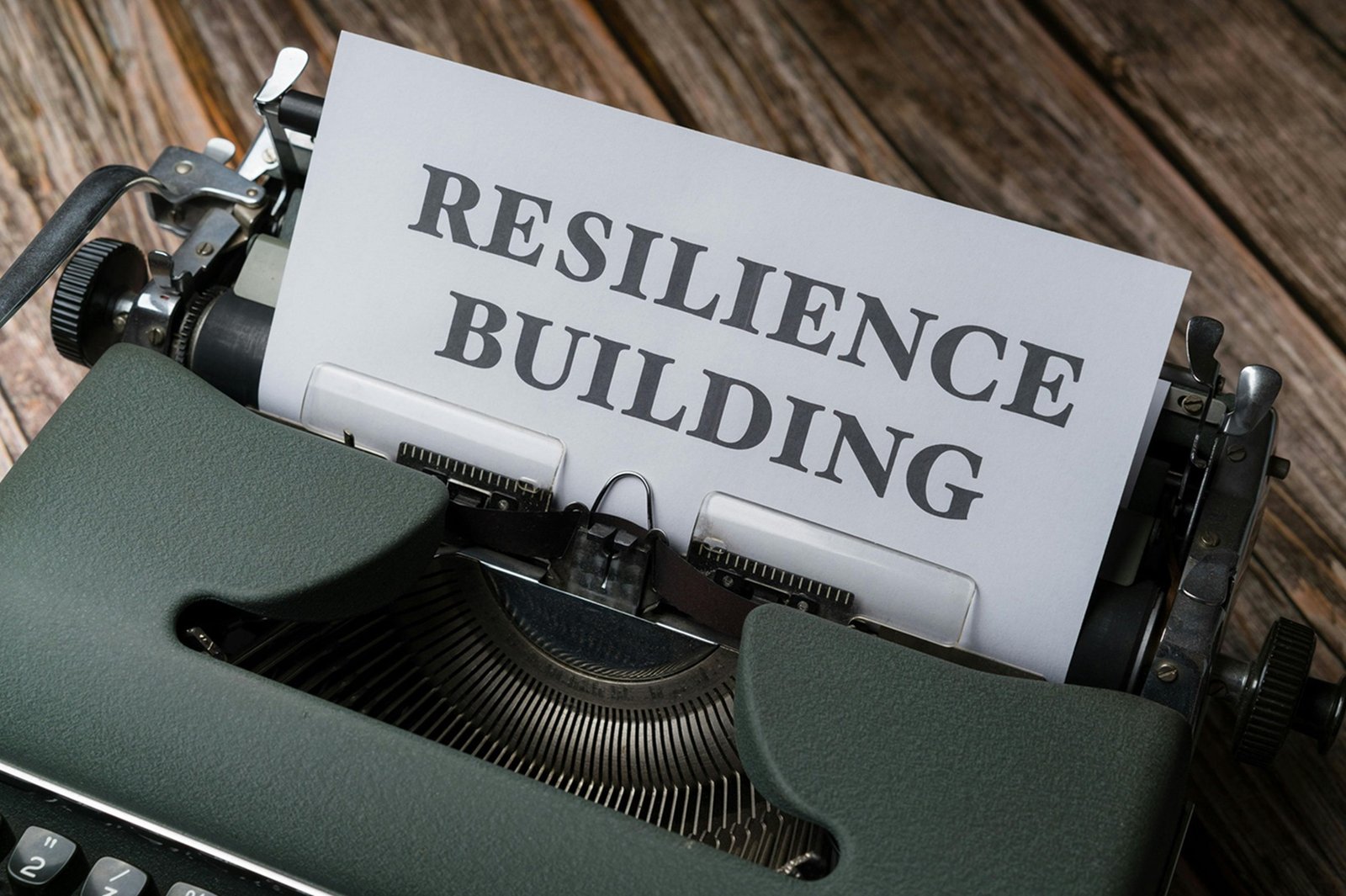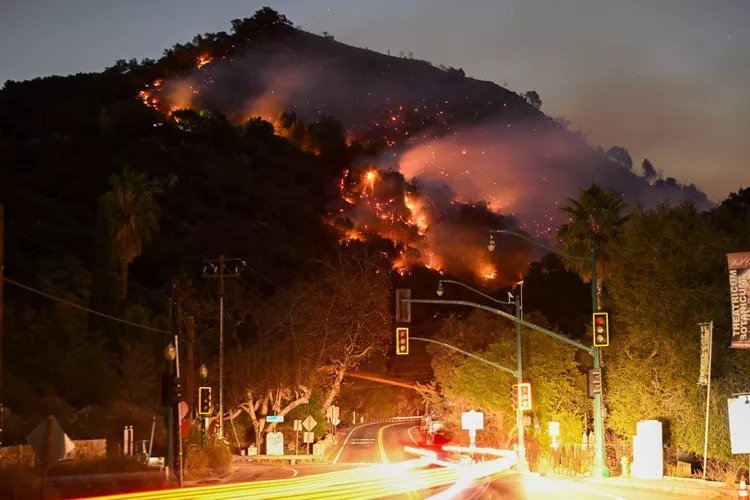Climate change is no longer a distant threat; it’s a present reality impacting communities and economies worldwide. Building resilience against its effects is crucial for individuals, businesses, and governments alike. This article explores the concept of resilience, its importance, practical examples, and the role of insurance in this journey.
What is Resilience?
Resilience refers to the ability of a system, community, or individual to adapt and recover from adverse conditions. In the context of climate change, it means being prepared for, responding to, and recovering from climate-related shocks and stresses.
Why is building resilience against climate change essential?
Climate change is increasing the frequency and intensity of natural disasters such as floods, droughts, wildfires, and storms. These events can cause significant economic losses, disrupt livelihoods, and damage infrastructure. By building resilience, we can minimize the impact of these disasters and accelerate recovery efforts.
Examples of Resilience Planning
Effective resilience planning involves a multi-faceted approach. Here are some examples:
Infrastructure Resilience: Investing in resilient infrastructure, such as flood-resistant buildings, early warning systems, and improved transportation networks, can significantly reduce vulnerability.
Community Preparedness: Empowering communities through education, training, and emergency response plans can enhance their ability to cope with climate-related challenges.
Ecosystem Restoration: Protecting and restoring natural ecosystems like wetlands and forests can help mitigate the effects of climate change and provide natural buffers against disasters.
Steps to Build Climate Resilience
Building resilience requires a proactive approach. Here are some key steps:
Risk Assessment: Identify potential climate-related threats and vulnerabilities within your community or organization.
Develop a Resilience Plan: Create a comprehensive plan outlining actions to be taken before, during, and after a climate-related event.
Invest in Prevention and Mitigation: Implement measures to reduce the likelihood and impact of disasters, such as early warning systems, land-use planning, and infrastructure upgrades.
Diversify and Adapt: Explore alternative livelihoods, crops, or business models that are more resilient to climate change.
Build Social Capital: Foster strong community relationships and networks to support collective resilience.
The Role of Insurance in Building Climate Resilience
Insurance plays a vital role in building resilience by providing financial protection against climate-related losses. However, as the frequency and severity of climate disasters increase, traditional insurance models face challenges. Innovative insurance products, such as parametric insurance and microinsurance, are emerging to address these challenges.
Insurance Innovations for a Changing Climate
The insurance industry is responding to the challenges posed by climate change by developing innovative products and services. Parametric insurance, which provides payouts based on predefined weather events, is gaining traction. Additionally, there’s a growing focus on risk management and prevention to mitigate losses.
The Role of Government in Building Resilience
Government policies and regulations play a crucial role in fostering resilience. Investing in infrastructure, supporting research and development, and implementing land-use planning regulations are essential steps. Additionally, governments can provide financial incentives for individuals and businesses to adopt resilience measures.
Building Resilience at the Individual Level
Individuals can contribute to building resilience by taking personal actions such as:
Home Preparedness: Installing storm shutters, creating emergency kits, and maintaining property insurance.
Financial Planning: Budgeting for potential losses and exploring insurance options to protect assets.
Community Engagement: Participating in local emergency preparedness initiatives and volunteering for disaster relief efforts.
Case Studies in Resilience
Examining successful resilience initiatives can provide valuable insights. For example, the city of Rotterdam’s innovative approach to flood management, or the agricultural practices of drought-resistant communities, offer valuable lessons.
By understanding the concept of resilience and taking proactive steps, individuals, businesses, and communities can significantly enhance their ability to withstand and recover from the impacts of climate change.


